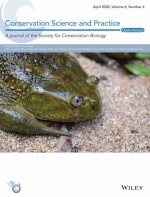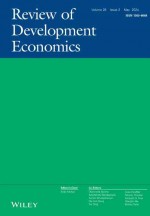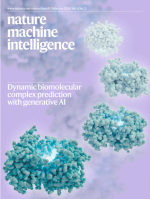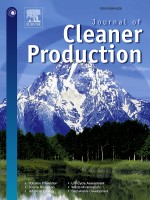I M Devonshire, M J Preston, E J Dommett, K L Murphy and S A Greenfield
Laboratory Animals 2009;43:382-389 DOI: 10.1258/la.2009.0080124
View Journal Article / Working PaperThis report describes a simple, non-invasive electronic device that employs a compact accelerometer integrated circuit to transduce movements in the chest wall of an anaesthetized animal into an analogue signal that can be used to calculate the rate and relative depth of respiration. The device requires amplification by signal processing hardware/software which are common to most experimental laboratories. We assessed the sensitivity of the device by its ability to detect changes in respiratory patterns produced by modulating the depth of anaesthesia in isoflurane-anaesthetized Wistar rats. It is widely accepted that many anaesthetic agents affect respiratory patterns, especially respiratory rate (RR), which is often used as an important index of anaesthetic depth. Respiratory parameters obtained with the device were compared with concurrently recorded electroencephalographic and cardiac measures. Different concentrations of anaesthetic agent produced four depths of anaesthesia, identified using established electroencephalographic criteria. The accelerometer was attached easily and securely to the location of maximal chest wall movement and produced a strong respiratory signal that was detectable in all four anaesthetic stages. Deepening the anaesthesia produced a gradual decrease in RR, a decrease in dominant spectral frequency of the electroencephalogram (EEG) but no change in the heart rate. There was a significant correlation between RR and the dominant spectral frequency of the EEG, indicating that one useful application of the monitor could be to identify anaesthetic stages. The results demonstrate that respiratory parameters can be recorded using a simply constructed, low-cost device and suggest an application in the monitoring of anaesthetic depth.




